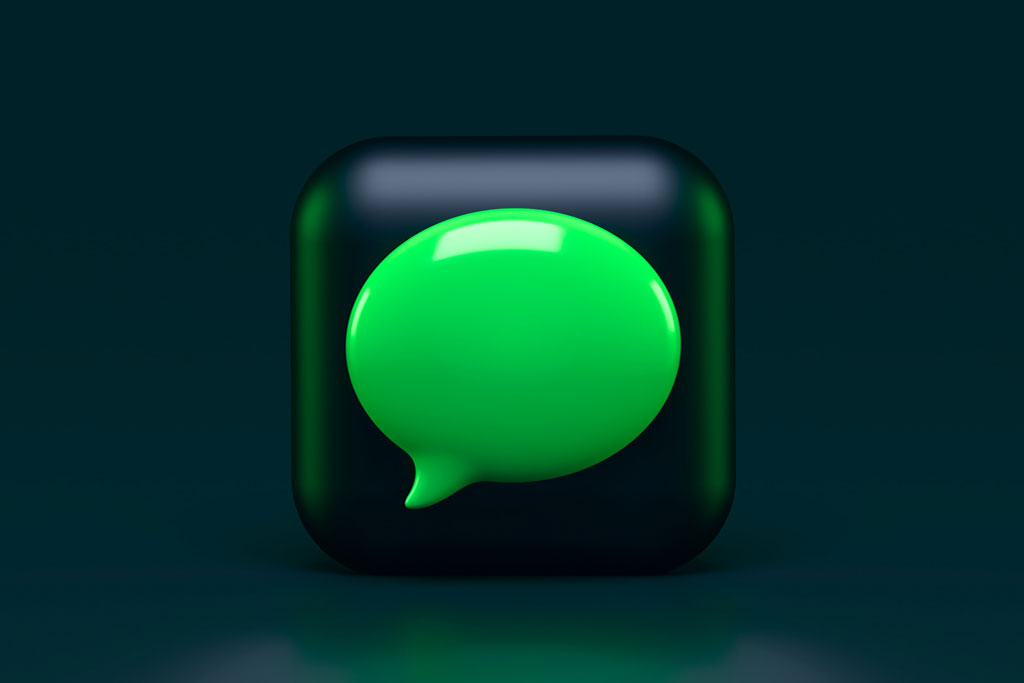In today’s digital age, mobile phones have become an integral part of our lives, serving as a gateway to countless methods of communication. Among the plethora of communication platforms available, two giants stand out: email and Apple iMessage. Both are powerful tools that enable us to connect with friends, family, and colleagues, but they operate in distinct ways, each with its own set of advantages and disadvantages.
This comprehensive blog will delve deep into the key differences between email and Apple iMessage, exploring their functionalities, use cases, and impact on modern communication. By the end, you’ll have a better understanding of when to choose one over the other, depending on your needs and preferences.
The Foundations of Mobile Communication
Before we dive into the differences between email and iMessage, let’s establish the foundational concepts that underpin mobile communication.
Mobile Phones and Cellular Networks
Mobile phones are the ubiquitous devices that make it possible for us to stay connected on the go. They rely on cellular networks to transmit data, voice calls, and text messages. This infrastructure is the backbone of modern mobile communication, allowing us to reach anyone, anywhere.
SMS Messages (Short Message Service)
SMS messages, commonly referred to as text messages, are the bedrock of text-based mobile communication. They are short, text-only messages transmitted via cellular networks. SMS is a universal method of communication that works across all mobile devices and operating systems.
MMS Messages (Multimedia Message Service)
In contrast to SMS, MMS messages enable the exchange of multimedia content such as images, videos, and audio. While SMS is limited to 160 characters, MMS allows for richer communication.
Phone Calls
Voice calls remain a primary mode of mobile communication. They are an essential tool for real-time conversations when the written word isn’t enough.
Internet Connectivity
Access to the internet is crucial for many modern communication platforms, including email and iMessage. An internet connection facilitates the exchange of more than just text; it enables multimedia, document sharing, and real-time interactions.
Email – The Classic Communication Platform
Email has been a stalwart in the world of digital communication for decades. It has evolved to adapt to changing technology and remains a cornerstone of personal and professional correspondence.
Email Addresses and Accounts
Email communication revolves around email addresses and accounts. Users typically have one or more email accounts associated with providers like Gmail, Yahoo, or Outlook.
Longer Messages and Attachments
Email’s character limit is much higher than that of text messages, allowing for more extended and detailed communication. Attachments, such as documents, images, and multimedia, can also be easily shared through email.
Business and Personal Use
Email serves as a versatile platform for both business and personal communication. It’s the go-to method for formal communication, including job applications, business proposals, and professional networking.
Email Marketing and Brand Awareness
Businesses use email marketing to enhance brand awareness and engage with their customers. It’s an effective way to distribute newsletters, promotions, and appointment reminders.
Apple iMessage – The Apple Ecosystem’s Jewel
iMessage is Apple’s proprietary messaging platform, tightly integrated into its ecosystem of products. It has gained immense popularity among iPhone, iPad, and Mac users for its seamless and feature-rich messaging experience.
Apple ID Accounts and Blue Bubbles
To use iMessage, individuals need an Apple ID account. Messages sent through iMessage appear as blue bubbles in the messaging app, differentiating them from regular SMS text messages (which appear as green bubbles).
Read Receipts and Real-Time Conversations
iMessage provides read receipts, indicating when a message has been read. This feature is particularly valuable for real-time conversations, as it lets users know when their messages have been seen.
Group Chats and Multimedia Messages
iMessage excels at group chats, enabling users to communicate with multiple contacts simultaneously. It also supports multimedia messages, making it easy to share photos, videos, and even handwritten notes.
Integration with Apple Products
iMessage is seamlessly integrated into Apple’s ecosystem. It can be used on iPhone, iPad, Mac, Apple Watch, and even iPod Touch. This tight integration enhances the user experience for those within the Apple ecosystem.
Key Differences between Email and iMessage
Now that we’ve explored the foundations of mobile communication and the specific features of email and iMessage, let’s delve into the key differences that set these two communication platforms apart.
Type of Message
Email is suitable for longer, more formal messages, while iMessage excels in facilitating quick, casual conversations.
Contact Lists
Email typically relies on email addresses, while iMessage uses phone numbers or Apple IDs. This can affect how you manage your contact list and reach out to others.
Character Limit
Email messages can be much longer than SMS messages, which have a 160-character limit. iMessage falls somewhere in between, allowing longer messages but still encouraging concise communication.
Default Settings
iMessage’s default settings encourage users to communicate through iMessage when both parties have Apple devices. Email, on the other hand, doesn’t have these kinds of automatic preferences.
Marketing Messages
While both email and iMessage can be used for marketing campaigns, email is the more established platform for this purpose. Marketers often rely on email marketing for its robust analytics and targeting capabilities.
Cross-Platform Compatibility
Email is universally accessible across all mobile devices and operating systems. iMessage, however, is limited to Apple products, making it less inclusive for communication with non-Apple users.
Pros and Cons of Email and iMessage
To help you decide which platform is best for your specific needs, let’s examine the pros and cons of both email and iMessage.
Pros of Email
- Wide accessibility: Works on all mobile devices and desktop computers.
- Long-form communication: Ideal for detailed messages and attachments.
- Established marketing platform: Offers robust analytics and targeting options.
- Universal email addresses: Not tied to specific devices or operating systems.
Cons of Email
- Can be less immediate: Not as suited for real-time conversations.
- Vulnerable to spam: Email inboxes can become cluttered with unwanted messages.
- May lack read receipts: Not all email clients support read receipts.
Pros of iMessage
- Seamless integration: Perfect for Apple ecosystem users.
- Real-time communication: Ideal for quick exchanges and group chats.
- Read receipts: Provides confirmation when messages are read.
- Multimedia support: Makes it easy to share photos, videos, and more.
Cons of iMessage
- Limited to Apple products: Excludes Android and Windows users.
- May require data plan: Relies on an internet connection for messaging.
- Less established for business use: Not as commonly used for formal communication.
When to Use Email vs. iMessage
Now that we’ve examined the differences and pros and cons of email and iMessage, let’s discuss when it’s best to use each platform.
Use Email When:
- Sending formal communication: Job applications, business proposals, and professional networking are better suited for email.
- Reaching a broad audience: Email is the more inclusive option when contacting people with diverse devices and platforms.
- Sharing lengthy information: When you need to convey detailed information or attachments, email is the way to go.
- Running email marketing campaigns: For businesses, email remains the go-to platform for marketing messages.
Use iMessage When:
- Communicating with other Apple users: iMessage excels within the Apple ecosystem.
- Real-time conversations: When you need quick responses and read receipts.
- Engaging in group chats: iMessage’s group chat functionality is highly convenient.
- Sharing multimedia: For sending photos, videos, and multimedia messages with ease.
Conclusion
In the ever-evolving landscape of mobile communication, both email and iMessage play essential roles. Email continues to be the go-to platform for formal communication and marketing efforts, thanks to its universal accessibility and robust capabilities. On the other hand, iMessage shines within the Apple ecosystem, offering seamless integration, real-time features, and multimedia support.
Ultimately, the choice between email and iMessage depends on your specific communication needs and the preferences of your contacts. As we navigate the intricate web of modern communication platforms, understanding the strengths and weaknesses of each tool empowers us to make more informed choices, ensuring our messages reach their intended recipients effectively and efficiently.
Photo by Alexander Shatov on Unsplash


